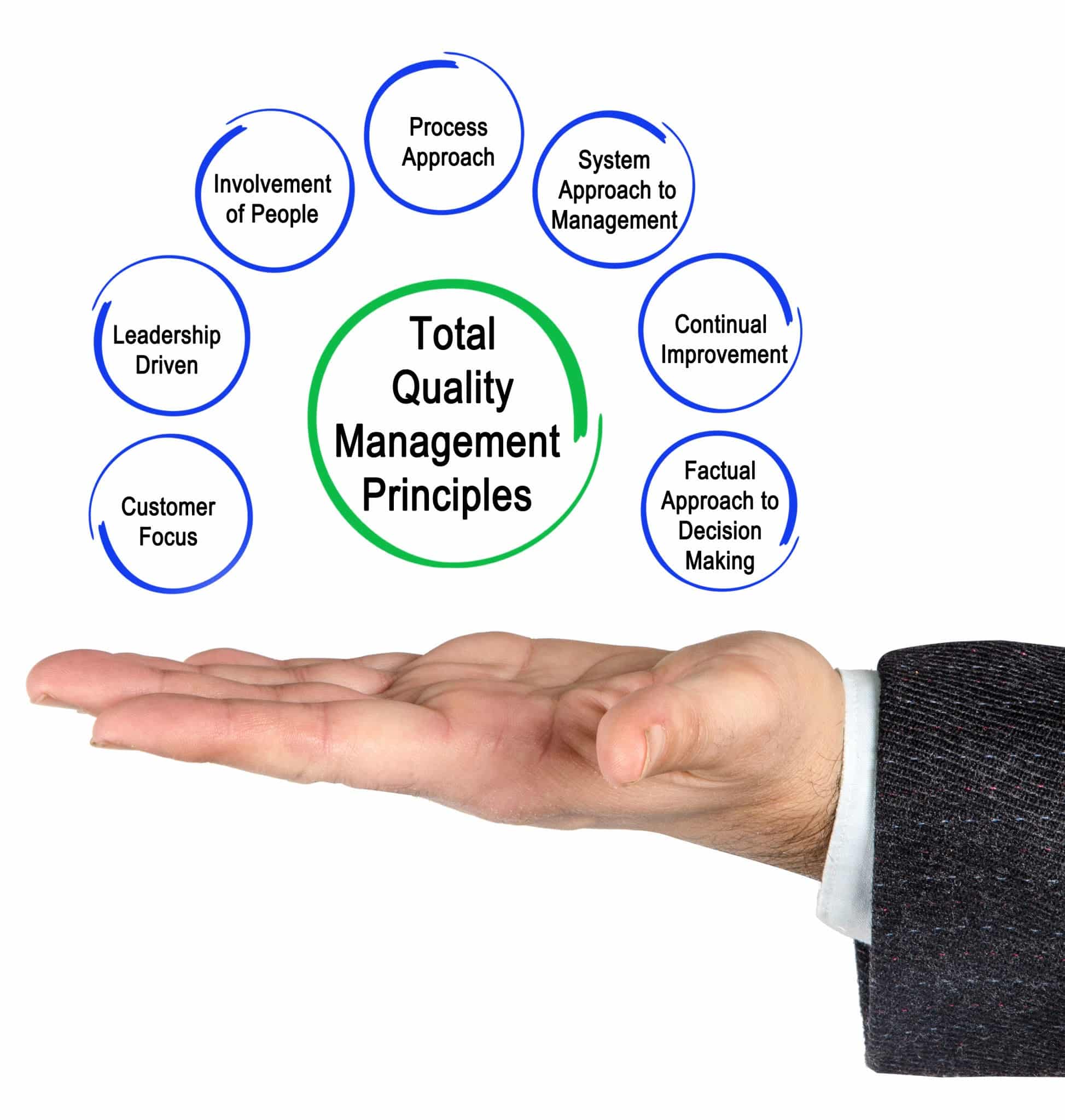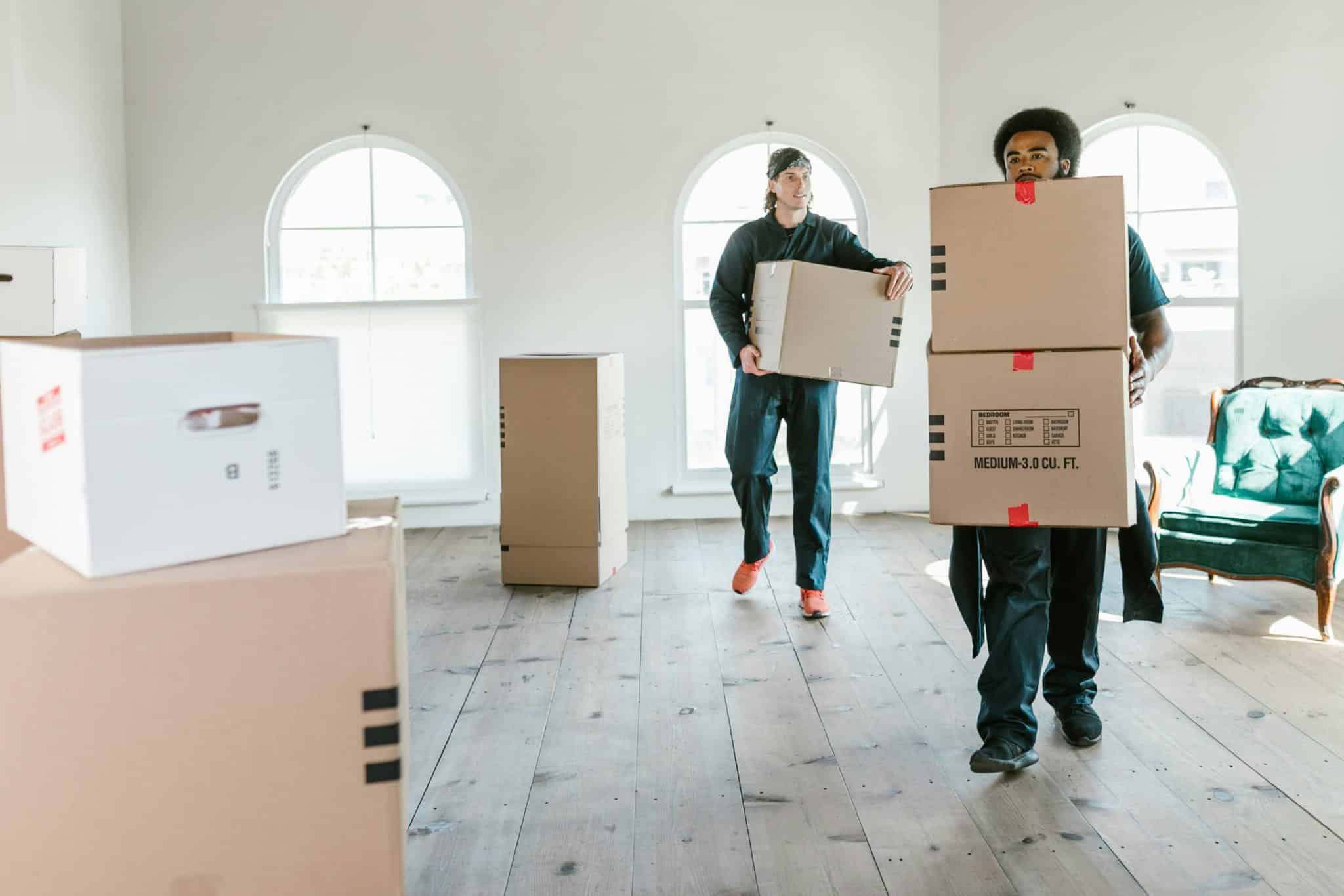Moving to a new home is an exciting opportunity to start fresh, but it can also be a complex and stressful process.
Proper preparation is key to ensuring a smooth transition and minimizing the challenges that come with relocating.
Whether you’re moving across town or to a new city, organizing your move can make all the difference.
This article provides essential steps to help you prepare your home for relocation, making the process efficient and less overwhelming.
By following these tips, you can ensure a successful move and start enjoying your new home with ease.
1. Create a Moving Checklist
Creating a moving checklist is a fundamental step in preparing for a move.
This checklist serves as a roadmap, helping you stay organized and ensuring that no tasks are overlooked.
Start by listing all the tasks that need to be completed before, during, and after the move.
These tasks can include sorting and packing belongings, hiring a moving company, notifying utility companies, and updating your address.
Having deadlines for each task is crucial. Set realistic timelines and prioritize tasks based on their importance and deadlines.
For example, start with tasks that can be done well in advance, like decluttering and gathering moving quotes, and leave tasks like packing essentials for the final days before the move.
A detailed moving checklist keeps you on track and reduces the risk of last-minute surprises.
2. Research and Hire a Moving Company
Hiring a professional moving company can make the relocation process significantly smoother.
Begin by researching reputable moving companies in your area. Look for companies with good reviews, proper licensing, and insurance.
Companies like Solomon & Sons Relocation Services offer the expertise and resources needed to help you save time and effort.
When choosing a moving company, discuss any special requirements you may have, such as moving valuable or fragile items, to ensure they can accommodate your needs.
It’s also important to read the fine print in the contract and clarify any uncertainties before signing.
A reliable moving company can handle the heavy lifting and logistics, allowing you to focus on other aspects of the move.
3. Declutter Your Home
Decluttering is an essential step in preparing for a move. It reduces the number of things you need to pack and move, in turn reducing moving costs.
Start by going through each room and sorting things into groups: store, giveaway, sell, and discard. Be honest with yourself about what you truly need and use.
Consider hosting a garage sale or selling items online to get rid of things you no longer need.
Donations can also be made to local charities, which can provide tax deductions.
Decluttering not only makes packing easier but also gives you a fresh start in your new home, free from unnecessary clutter.
It’s also a great opportunity to reflect on what items are important to you and your family.
4. Gather Packing Supplies
Having the right packing supplies is crucial for protecting your belongings during the move.
Start by collecting essential materials such as boxes in various sizes, packing tape, bubble wrap, and packing paper.
You may also need specialty items like wardrobe boxes, mattress covers, and furniture blankets.
Consider sourcing packing supplies from local stores, online retailers, or even asking friends and neighbors if they have any spare materials.
It’s better to have more supplies than you think you’ll need to avoid running out during the packing process.
Proper packing supplies not only protect your items but also make the packing process more efficient.
5. Start Packing Early
Starting the packing process early can alleviate much of the stress associated with moving.
Begin by packing items that you don’t use daily, such as seasonal clothing, books, and decorative items.
Pack room by room, and label each box with its contents and the room it belongs to. This labeling system will make unpacking much easier.
As you pack, keep an inventory of the items in each box. This inventory can be invaluable if you need to make a claim for lost or damaged items.
It’s also a good idea to pack a separate box or bag with essentials you will need as soon as you reach your new home, such as toiletries, a change of clothes, and basic kitchen items.
Starting early and staying organized will help ensure that the packing process is smooth and efficient.
6. Protect Valuable Items
When moving, it’s crucial to take extra precautions to protect valuable and fragile items.
These can include electronics, artwork, heirlooms, and important documents.
Begin by assessing which items are most valuable and require special handling.
For fragile items, use plenty of bubble wrap or packing paper to cushion them.
Place these items in sturdy boxes and clearly label them as “Fragile.”
For particularly valuable items, consider using specialty packing materials such as custom crates or padded boxes.
Electronics should be packed in their original boxes, if possible, or in boxes that provide adequate protection.
Make sure to back up important data from computers and other devices before packing.
Important documents like birth certificates, passports, and financial records should be kept in a secure, easily accessible place.
It’s wise to transport these items personally rather than packing them with other household goods.
Additionally, consider insuring valuable items through your moving company or a third-party provider to protect against potential loss or damage.
7. Notify Important Parties
Notifying the appropriate parties of your move is an essential step in the relocation process.
Start by informing utility companies of your move-out date so they can disconnect services at your old home and set up new services at your new location.
This includes electricity, water, gas, internet, and any other services you use.
Next, update your address with important institutions such as banks, credit card companies, insurance providers, and government agencies.
This ensures that important documents and communications reach you at your new address.
Don’t forget to update your address with your employer, schools, and any subscription services.
Key Takeaways
Moving to a new home is a significant life event that requires careful planning and organization.
By taking the time to prepare properly, you can ease the transition and start enjoying your new space more quickly.
Remember, each step you take towards getting ready for your move helps create a smoother experience.
Embrace the change and look forward to the opportunities that come with settling into your new home.








